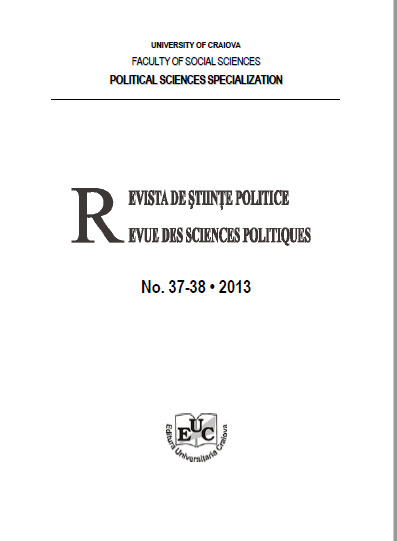Mutations in the ethnic structure of the Romanian population in the post-communist period
Mutations in the ethnic structure of the Romanian population in the post-communist period
Author(s): Cristiana VÎLCEA, Sorin Avram, Costela IORDACHESubject(s): Social history, Culture and social structure , Evaluation research, Post-Communist Transformation, Ethnic Minorities Studies
Published by: Editura Universitaria Craiova
Keywords: ethnic structure; mutations; counties; Romania;
Summary/Abstract: According to the Constitution, Romania is a national, sovereign and independent state, unitary and indivisible.Staring from the definition of the national state, Romanians have always represented the major ethnic group. Due to political-economic and strategic reasons, along the history, on the actual Romanian territory, different allogene populations set, temporarily or permanently, that, in time, determined a certain ethnic structure of the population. According to the declarations given by the people questioned, regarding the appurtenance to a certain ethnic group or race, in 2011, the population had the following distribution: 88.6% Romanians and 11.4% national minorities; among which, higher values were registered by: Magyars (6.5%), Roms (3.2%), Ukrainians (0.3% ), Germans (0.2% ), Turks, Russians – Lipovens and Tartars (0.1% each). A global analysis of the data at the three censuses during the post-communist period, showed that the national structure did not registered major mutations. There are noticed regressive numeric mutations for all ethnic groups, except the Roms (as their statistic number is rather relative) and small changes regarding the territorial distribution.
Journal: Revista de Științe Politice. Revue des Sciences Politiques
- Issue Year: 2013
- Issue No: 37+38
- Page Range: 167-174
- Page Count: 8
- Language: English

